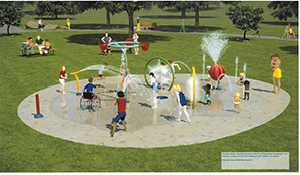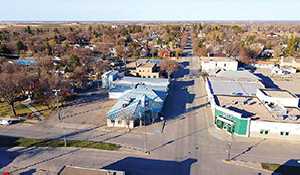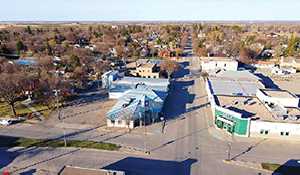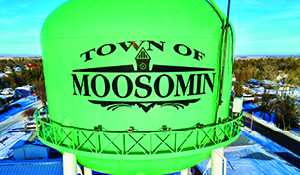Sask to add 150-200 addiction treatment spaces
August 5, 2022, 3:12 pm
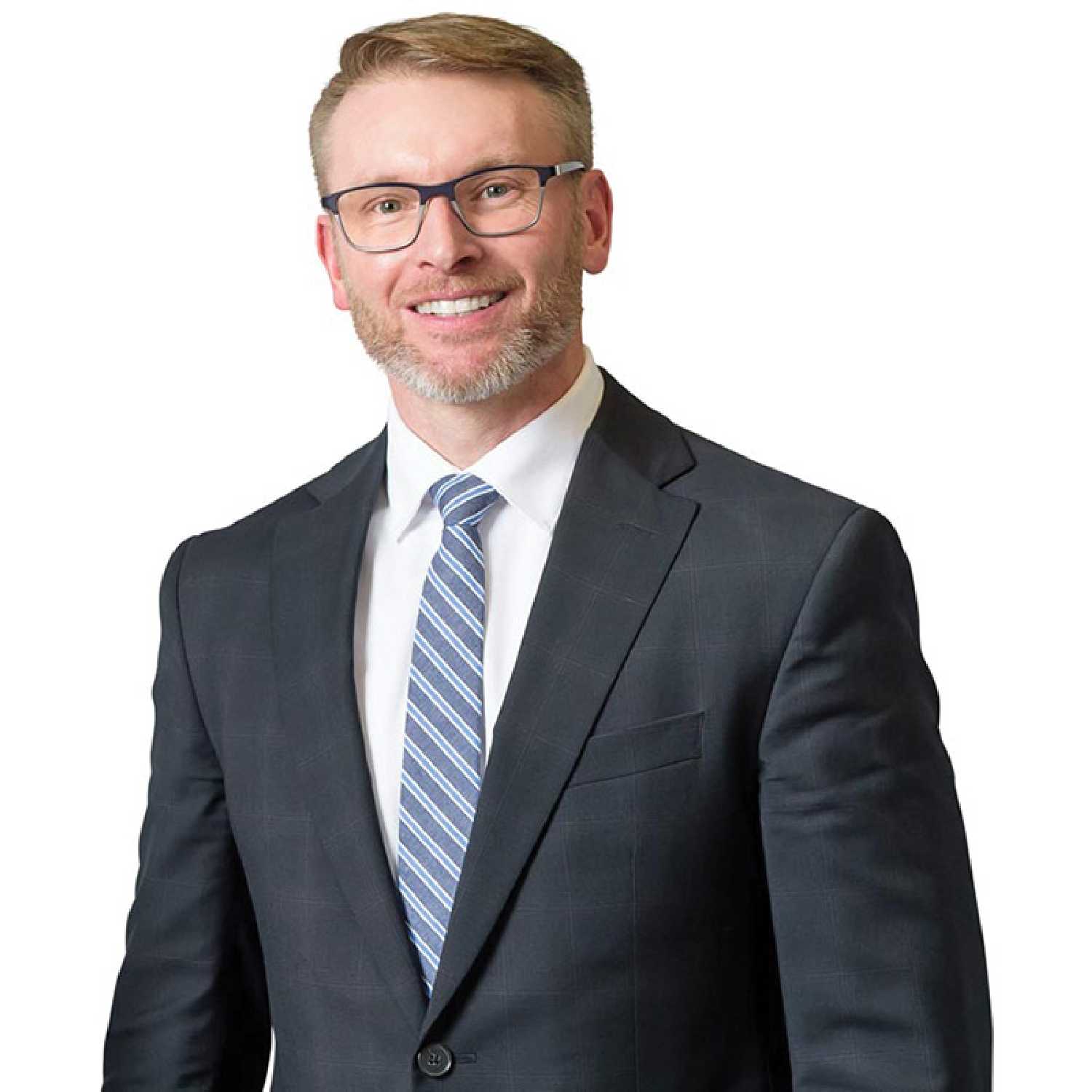

World-Spectator editor Kevin Weedmark recently spoke with Everett Hindley, Saskatchewan’s minister responsible for addictions, about the province’s plan to add 150-200 addictions treatment spaces across the province. It’s possible some of the spaces may be in the southeast Saskatchewan area. The interview follows.
First of all, what is the importance of this? What made the province decide that now is the time we need to add those spaces?
Well, it was something we first talked about back last fall, if you remember back to the throne speech which basically sets the direction for the government in the months ahead, leading up to the next budget.
In the throne speech we talked about adding 150 additional treatment spaces in the province and so that’s where the conversation began in terms of the actual numbers. What we know and what we found—and this isn’t unique to just Saskatchewan—but we have some serious challenges when it comes to overdoses and addictions.
Part of the role of government includes prevention, it also includes harm reduction, but part of that, and I would argue a significant part, is the treatment. We know there is pressure on the existing treatment facilities in this province. Currently, through the Ministry of Health, the government funds 475 free treatment beds, also detox beds, and post-treatment beds across the province that are operated by both the Saskatchewan Health Authority (SHA) and also third parties.
So we started that conversation back last fall but then in this year’s budget, which came out in March, we then actually tied some dollars to that and that helped to start the process. So this is the more formal start of the process where the Request for Proposal (RFP) has now been posted to Sasktenders.ca and that’s open until September 6. We’re really looking to receive submissions from groups and organizations across the province that perhaps either are existing as a third-party private operator, they might be a non-profit or whatever they happen to be, or it could be an organization that doesn’t have a footprint here in the province that is interested in helping us in that regard. So we’re really trying to gather some information and make some decisions as quickly as we can through the process to be able to add more treatment bed capacity across Saskatchewan.
How serious is the addictions issue in Saskatchewan?
It’s pretty significant. Over the last couple of years in particular and the pandemic has definitely made things worse and we’ve seen the trends in other provinces as well. We see growing numbers of overdoses and overdose deaths across our province. That’s really the thing, it is across our province.
Yes, the majority of the overdoses are occurring in our major centres, simply because of population, like Regina and Saskatoon. But that doesn’t mean that other areas of Saskatchewan are immune to this. We see it in communities that I represent like Swift Current and where you are in Moosomin—in smaller communities, First Nations communities, those in remote and Northern locations as well. So we’re really trying to do everything we can with the dollars we have available.
“We’re also trying to work with the federal government to get some clarity there as to what their role is going to continue to be in this area. We’re really trying to do everything we can.
“It’s such a complex challenge, that’s the other thing. It‘s not something that can be easily fixed. It has to be flexible, it has to have the ability to try to meet people where they’re at, whether it’s harm reduction services but also the treatment facilities. We have a number of existing treatment facilities. Some are government run by the SHA, through that arm of government, and some are privately run, but we know that there’s demand for more of that across the province.
How far do you think the 150-200 beds will go to meeting the need?
I hope that it has a significant impact on it. I really think that it will have an impact.
What’s interesting about it as well, the nature of these 150-200 treatment spaces—it’s intensive therapy, it’s intensive treatment. It’s not the old 28-day model of treatment that we typically associate with when it comes to addictions, which was based on a model from a number of decades ago around alcoholism and that sort of thing.
The nature of what we’re dealing with right now when it comes to opioids and overdoses is so much more deadly in terms of its impacts on families and communities.
Ultimately one of our best tools is treatment and trying to help people as best we can—to come up with a treatment plan that suits their individual needs. Every person is different that way in terms of what they need and we need to address the other issues that lead to that addiction in the first place.
That’s the other part of this too, there could be an individual that might now have a stable home situation or they might not have a stable job, for example, or other issues that have compounded that addiction.
So I’m hopeful that that number of treatment spaces, as quickly as we can get those going, that they will provide an impact and will help so that people are able to access treatment as quickly as they need it.
The provincial government has a request for proposals to add 150-200 treatment spaces across the province.
The government will decide in the fall in which communities the new treatment spaces will be established in.














